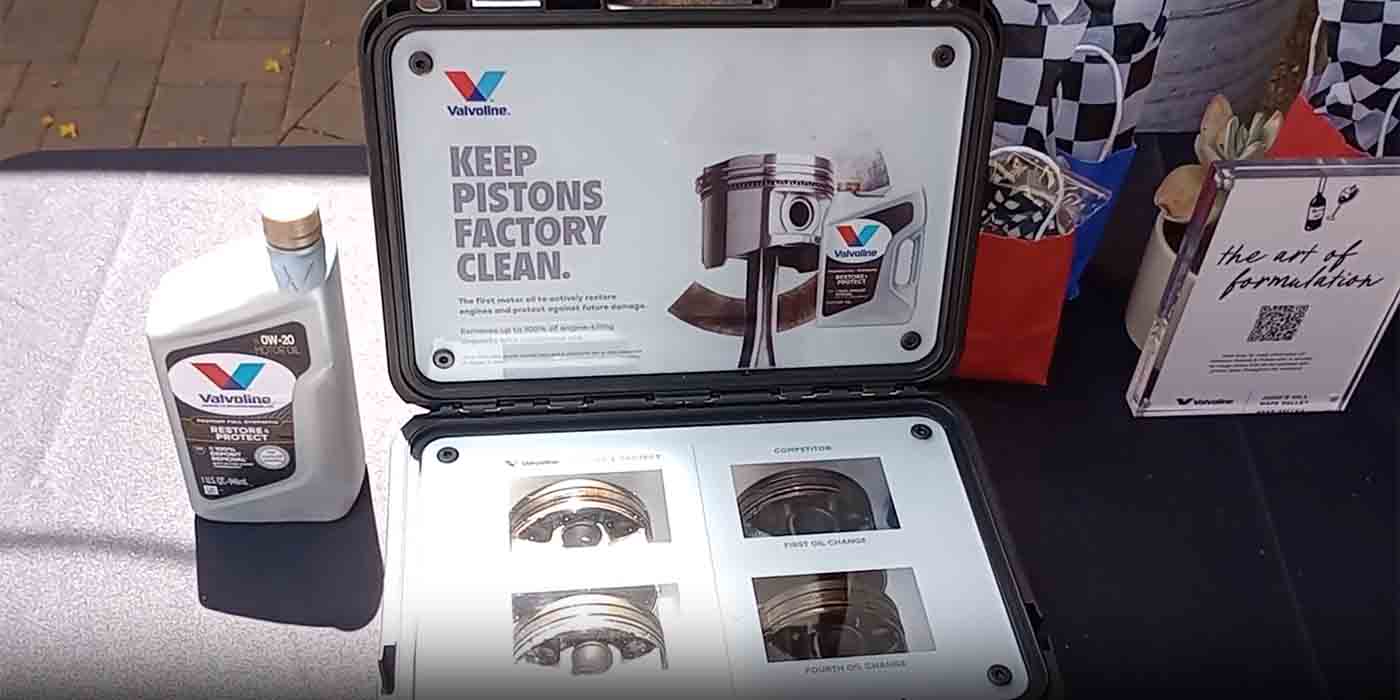
Dealing with Deposits to Boost Engine Life - Engine Builder Magazine
Engine oil slows down engine deposit development, but in concocting its latest engine-protecting blend, Valvoline found something surprising.
"Traditionally the role of engine oil has been to slow down engine deposit development, but in concocting its latest engine-protecting blend, the Valvoline team stumbled upon something… surprising."
“There are some deposits that are temporary that you can wipe off with your finger, and there are others that can get very thick,” explained Dr. Michael Warholic, global technology director, Valvoline Global Operations
“We were trying to basically minimize deposits, engine wear, friction and heat, and oil formulation is a balance, so you have to pick and choose what you want it to do,” Warholic says. “What we didn’t know was before the testing that it would remove and reverse the process – that is something you can’t predict by modeling. Restore and Protect removed engine deposits. I had never seen anything like it before, and I have eight years at Valvoline and 16 years at a company that makes the additives used in oil formulation.”

